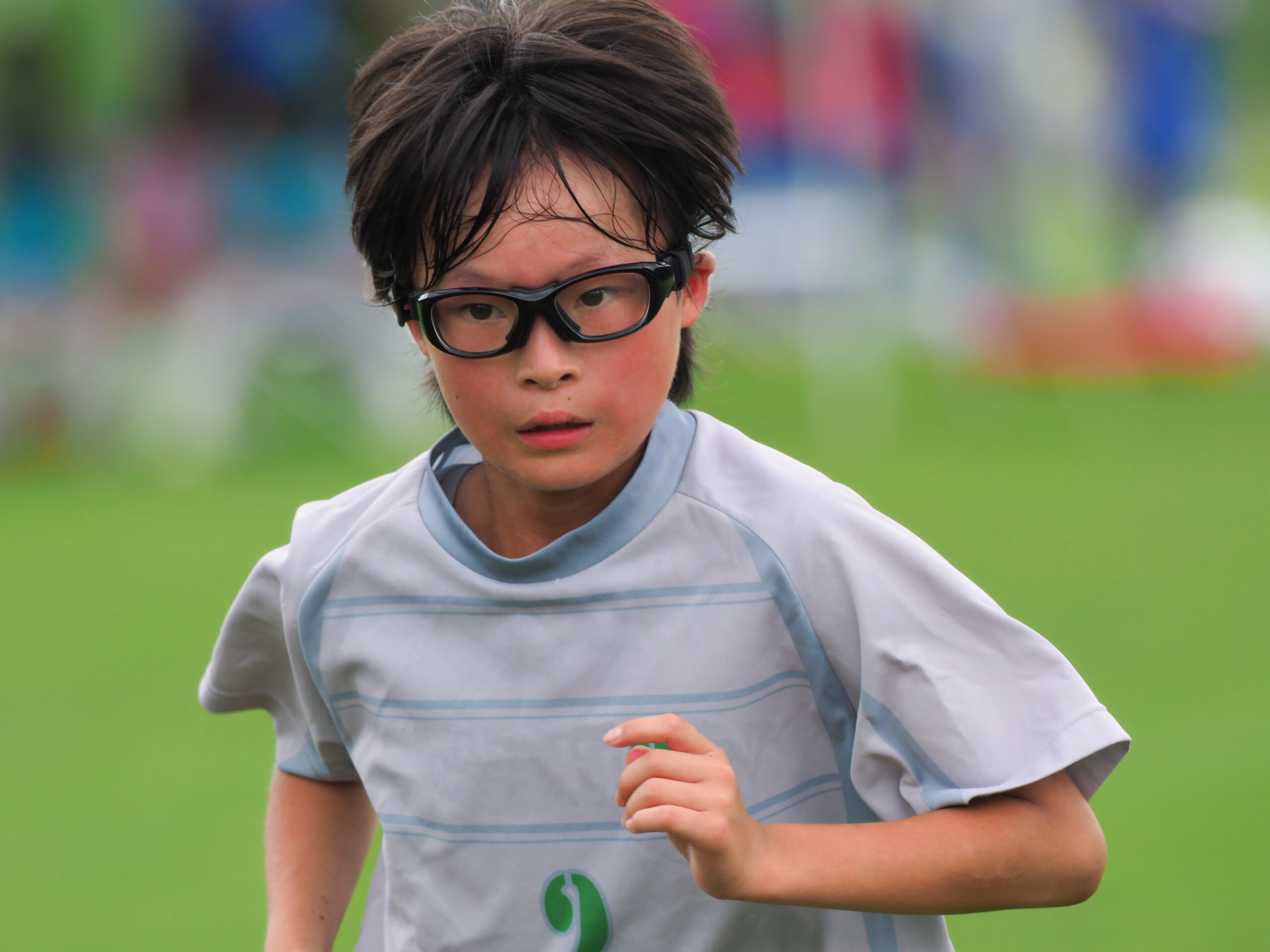Uncategorized
How To Choose The Proper Protective Eyewear For Sports
When the Greeks first hosted the Olympic games, wearing protective eyewear wasn’t a priority. Now, as eye injuries have shown to be more widespread amongst athletes, taking care of your eyes is a priority. We’re going to let you in on a few tips to choose the proper protective eyewear for your sport.
Today you can spot sports eyewear amongst some of the biggest athletes in every sporting event. Whether they pick up a bat, racquet, ball, or stick or play in the major or minor leagues, protecting your eyes is important to all athletes.
Coaches have come to realize the benefits of prevention, much like safety managers in any workforce. Wearing protective eyewear in sports pays off in several ways. The risk of eye injuries and even permanent damage decreases. Their ability to see can also enhance with prescription safety eyewear, which in turn betters their performance. Today, many athletic and fitness club members do not allow their teams or members to participate without proper eye protection.
As children grow up, it is common for them to resist wearing protective eyewear because they think they “look funny.” But now, goggles, glasses, and all eyewear are accepted as part of the uniform for sports. Like helmets, eyewear made its way to be normalized. Plus, as children see images of both adults and kids their age wearing protective eyewear, they have learned that wearing them means they take their sport and protection seriously.
Things To Consider If You’re Not Wearing Protective Eyewear
Every year, more than 40,000 eye injuries get treated due to sports-related incidents. Non-contact sports can have a risk of eye injuries preventable from protective eyewear as well. These sports include racquetball, badminton, or even paintball.
If the sport you or your child plays requires racquets, bats, or any flying objects, there is a potential risk for eye injuries. Balls in non-contact sports may seem harmless until one flying at 60 miles an hour or faster or a racquetball moving between 60-200 mph hits you in your eyes. These speeds are no joke and can cause severe damage. It is also essential to consider the racquets or bats you are using and the speed at which they move. Any strike from yourself or another player could be harmful.
But flying objects are not the only hazard in sports. Many eye injuries that players experience come from elbows, pokes, or jabs from fingers and even feet when playing close-contact games. For example, basketball has an extremely high rate of eye injuries due to the contact between players and their arm movement, especially around the net.
As you can see, there are many reasons to wear protective eyewear, including enhancing a player’s performance. Coaches in the past let athletes with mild to moderate prescriptions participate in sports and not wear any glasses or contacts. But, now coaches realize that good vision improves their ability to play. Now, participating in sports with less than 20/20 vision is considered to be counterproductive.
What To Look For When Purchasing Protective Sports Eyewear
Buying protective sports eyewear is not something you should take lightly. Learning the difference between regular prescription eyewear, sunglasses, or even industrial safety eyewear compared to sports safety eyewear is essential. The proper protection for sports use is necessary and appropriate eyewear can come in various shapes and sizes depending on the sport and need.
Sometimes eyewear made for racquet sports can transition over to basketball or soccer. Others they make to fit in helmets and are for hockey, football, or baseball. There are many different types, but they all have distinct designs to fit the needs of the athletes. Other than their structure, the lens is also a critical aspect of choosing the proper protective eyewear. Sports eyewear use polycarbonate, an impact-resistant material, for the lenses. It works well to protect athletes’ eyes from flying or fast-moving objects. Polycarbonate also has ultraviolet protection built-in, which is beneficial for outdoor sports. And, when designers create their polycarbonate lenses, they should include a scratch-resistant coating on both the front and back to protect them and add durability.
While polycarbonate is the material of choice for sports lenses, the frame of your eyewear plays an important role as well. Depending on the sport, they require different types of frames, so there needs to be options. But, most are constructed of polycarbonate or highly impact-resistant plastic. Most come with rubber padding to cushion the frame where it sits on the bridge of your nose. Some styles fit the athletes’ faces and wrap around them slightly, making them work well for biking or sailing. It keeps wind and dust out of the athlete’s face. Your frame should also accommodate your prescription and non-prescription lenses.
If you are looking for lenses to fit your sporting needs and prevent injury, speak to one of our representatives at SafeVision. Together we can find the perfect fit and frame for your needs.

